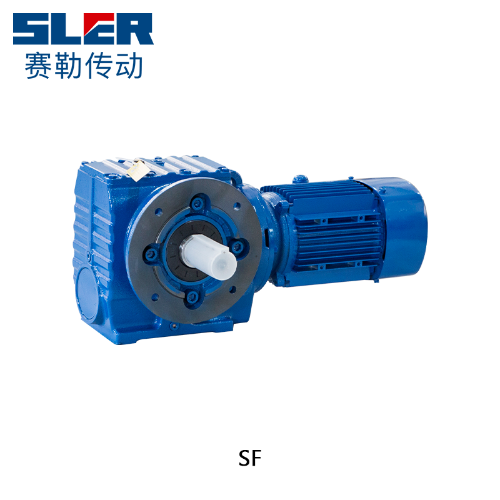Here are the general steps to install a helical worm gear motor:
Prepare the Work Area: Before beginning installation, make sure the work area is clean, dry, and well-lit. Clear any obstacles and ensure there is enough space to work comfortably.Assemble the Motor: Assemble the helical worm gear motor according to the manufacturer's instructions. This typically involves attaching the motor to the gearbox, aligning the gears, and securing them in place.Mount the Motor: Mount the motor on a flat surface using the appropriate mounting hardware. Make sure the surface is strong enough to support the weight of the motor and gearbox.Align the Motor: Align the motor and gearbox with the equipment it will be driving. Make sure the shafts are properly aligned and that there is enough clearance between the motor and equipment.Connect the Electrical Wiring: Connect the electrical wiring according to the manufacturer's instructions. Make sure to follow proper electrical safety guidelines and regulations.Test the Motor: Test the motor to make sure it is functioning properly. Check for any unusual noises or vibrations, and make any necessary adjustments.Secure the Motor: Once the motor is properly aligned and functioning correctly, secure it in place with the appropriate fasteners.Perform Maintenance: Regularly perform maintenance on the helical worm gear motor, such as checking the oil level, lubricating the gears, and inspecting for any signs of wear or damage.
It is important to follow the manufacturer's instructions and safety guidelines when installing a helical worm gear motor. If you are not familiar with the installation process, it is recommended to seek the assistance of a qualified technician or installer.Besides,A helical worm gear motor is a type of gear motor that consists of a worm gear and a helical gear. The worm gear is a type of screw gear, while the helical gear has teeth that are cut at an angle. The motor is designed to transmit power between the worm gear and the helical gear, and to change the direction of the power transmission.
The working principle of a helical worm gear motor is as follows:Power is applied to the motor, which causes the worm gear to rotate.As the worm gear rotates, it engages with the teeth of the helical gear, which causes the helical gear to rotate as well.The rotation of the helical gear is transmitted to the output shaft, which is connected to the equipment being driven.The helical gear can change the direction of the power transmission, which allows the motor to drive the equipment in the desired direction.The helical worm gear motor is designed to provide high efficiency and low noise operation. The helical gear teeth allow for smooth power transmission, while the worm gear provides a high gear reduction ratio. This combination of gears allows the motor to generate a high torque output, which makes it suitable for use in applications that require high power output.
Overall, the working principle of a helical worm gear motor is based on the interaction of the worm gear and the helical gear, which allows for efficient and precise power transmission.



 英语
英语 中文简体
中文简体 俄语
俄语1.png)
1.png)
1.png)
a.png)







